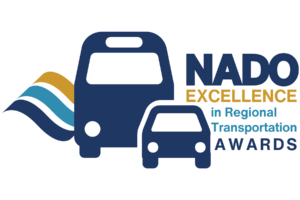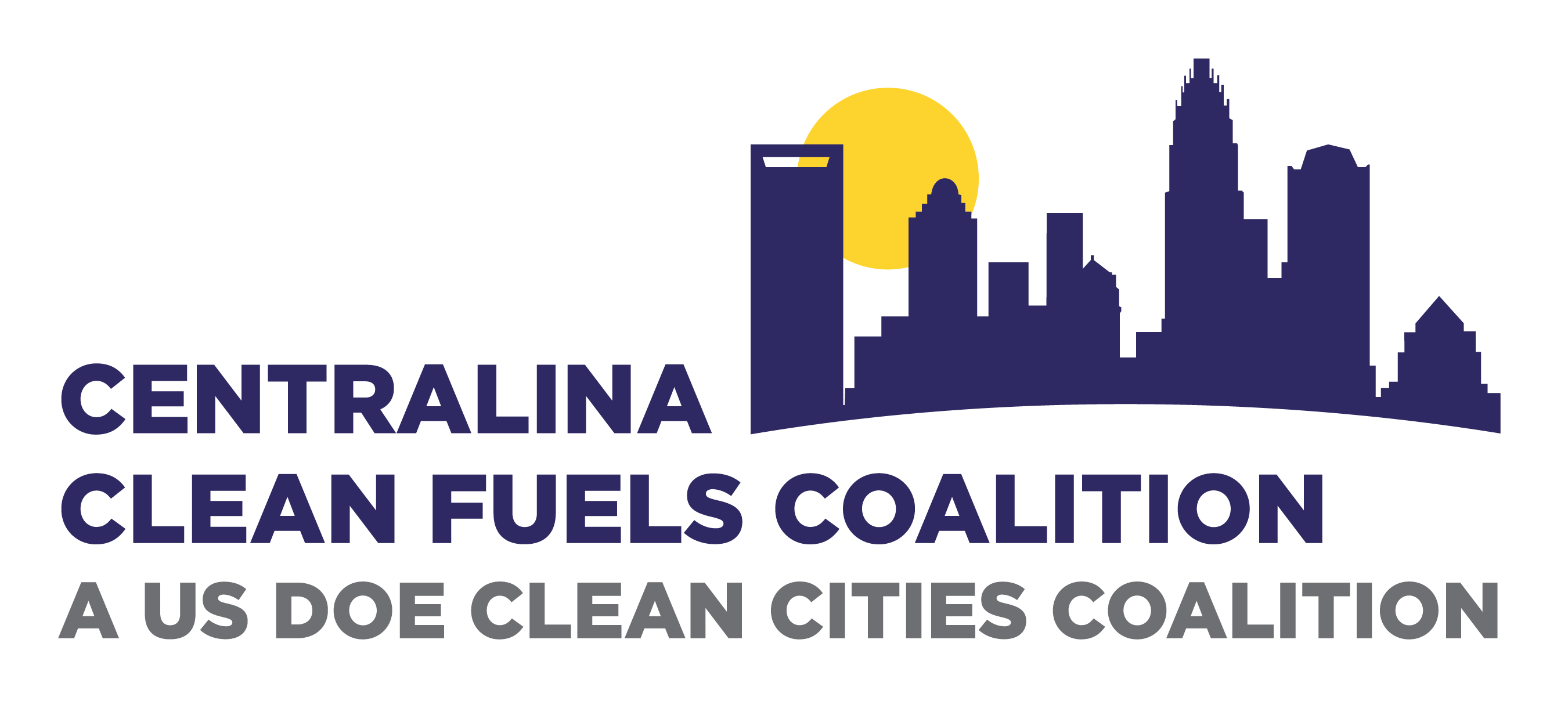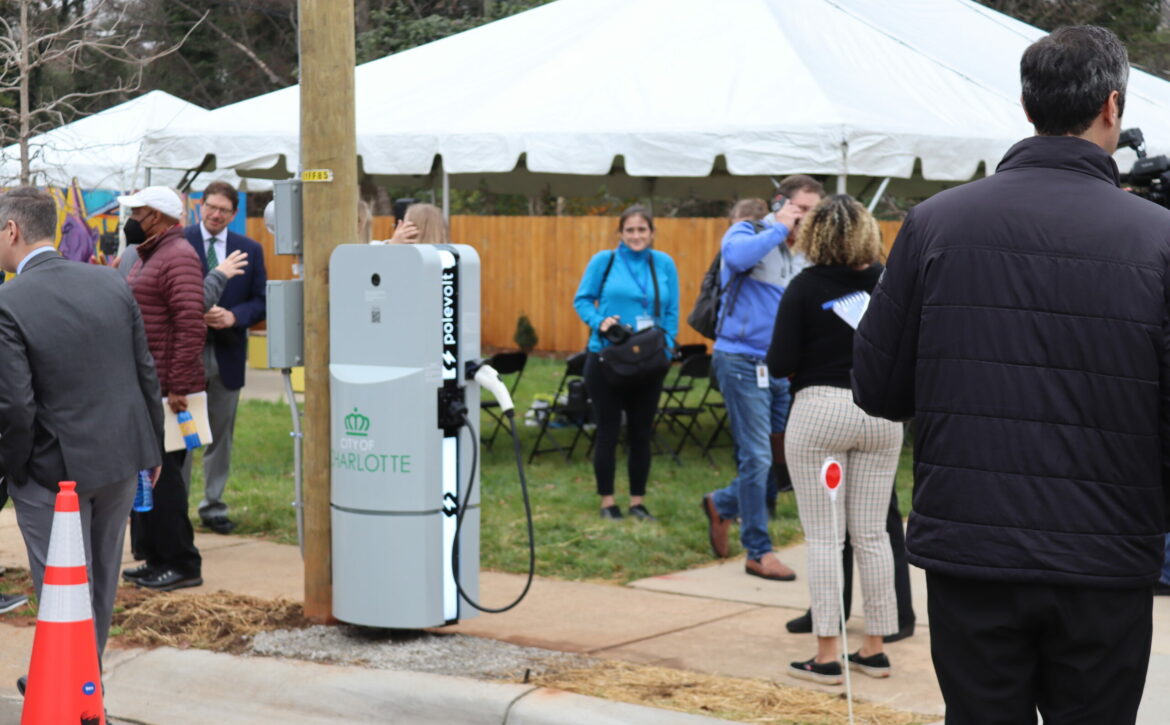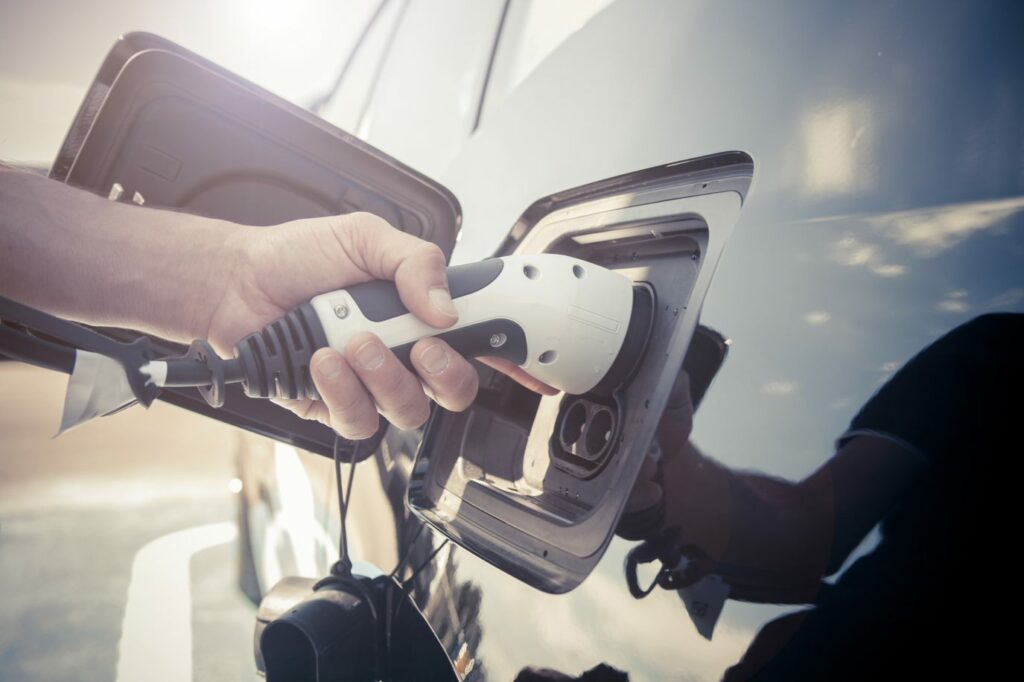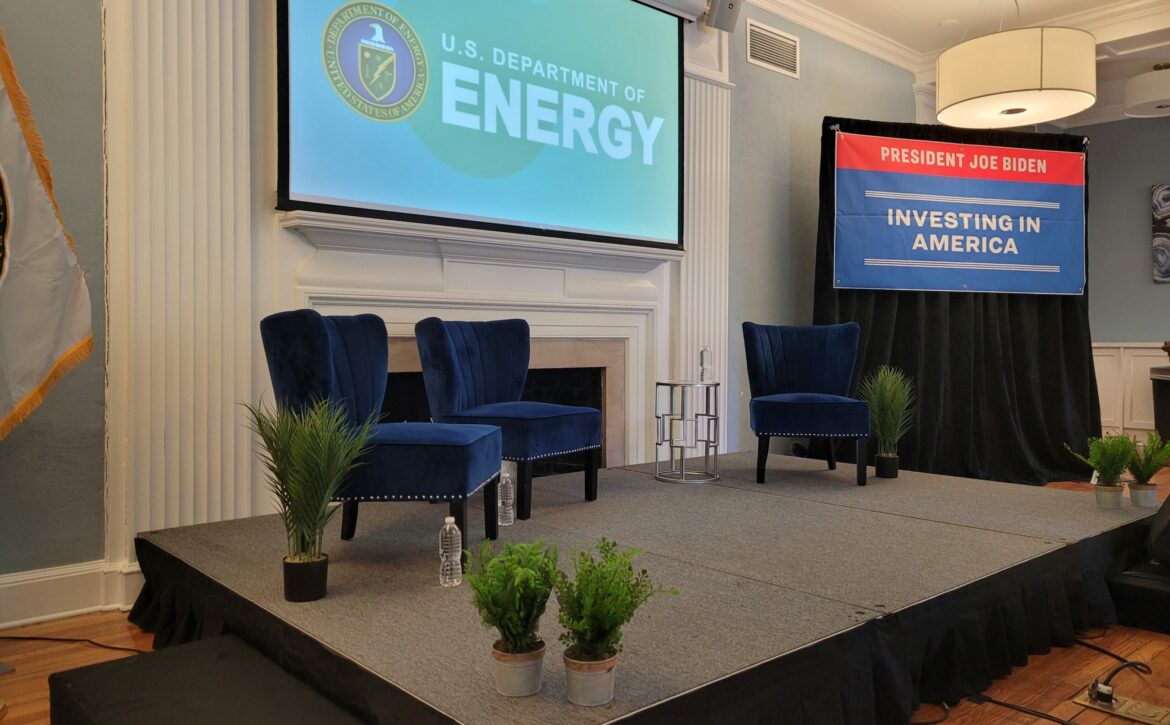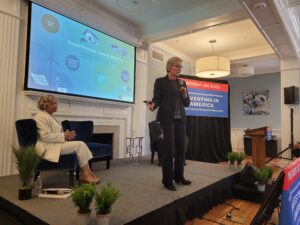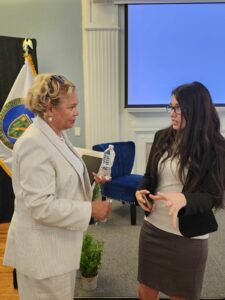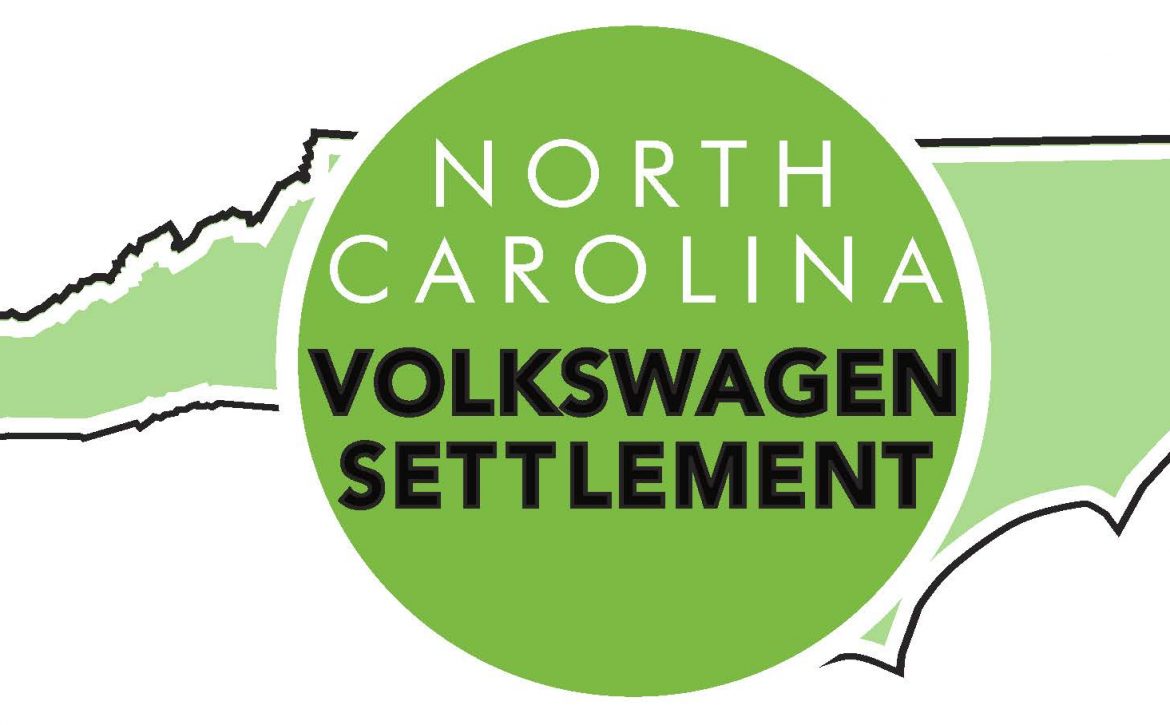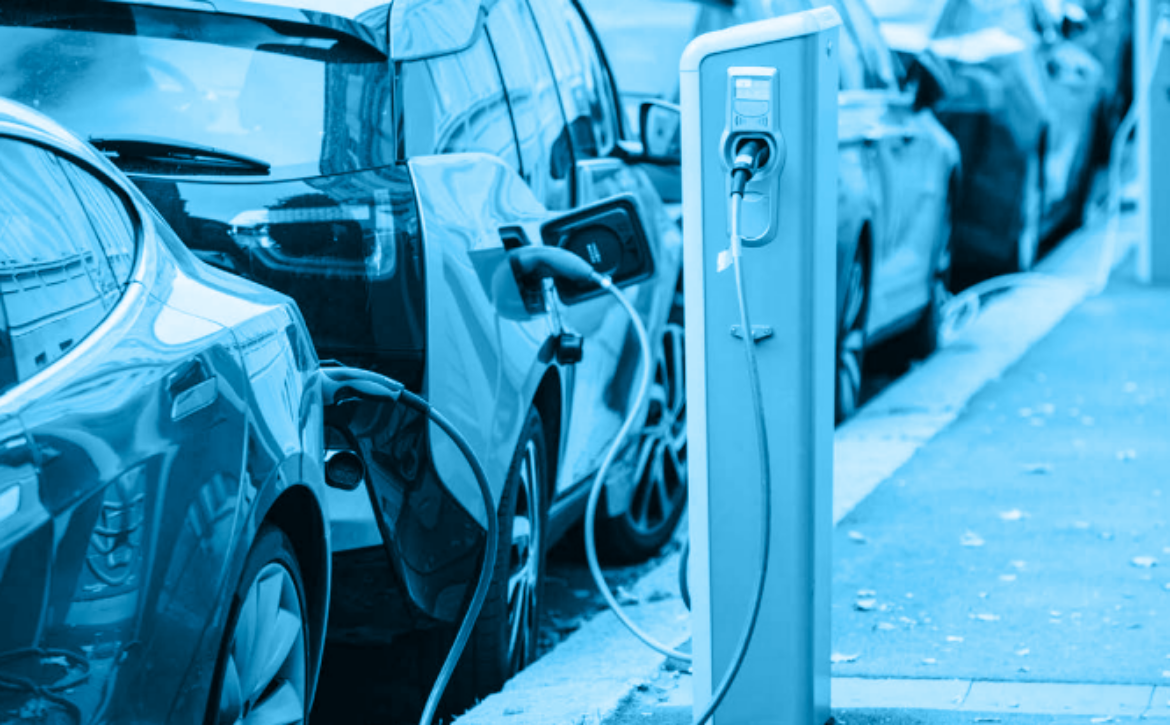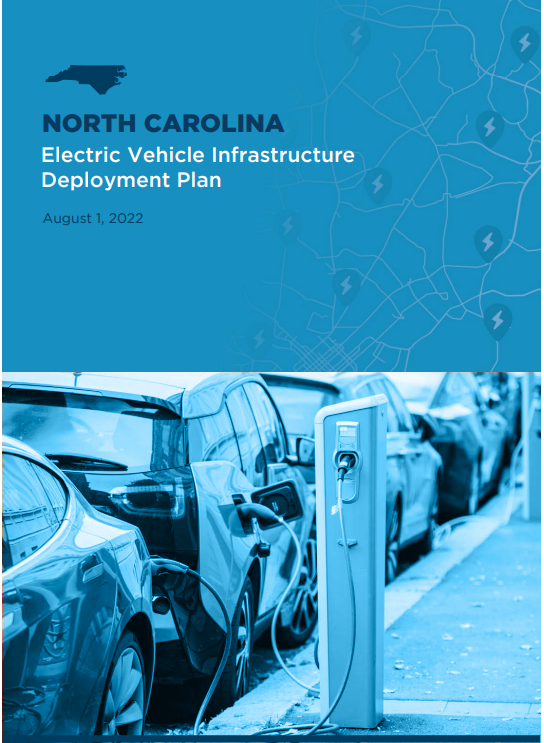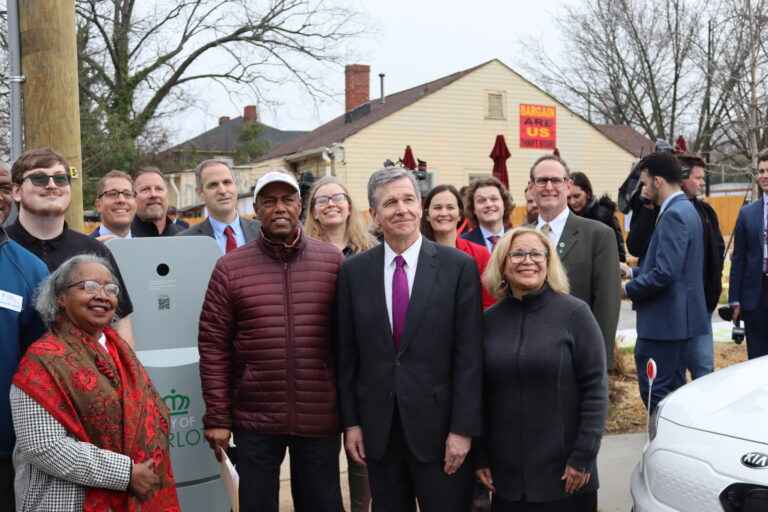PoleVolt Wins 2023 Excellence in Regional Transportation Award from the National Association of Development Organizations
The first PoleVolt electric vehicle (EV) charging station of its kind in North Carolina has been rewarded with the 2023 Excellence in Regional Transportation Award from the National Association of Development Organizations (NADO). This award is given to projects in rural or small metropolitan areas that push towards more equitable transportation. NADO is a national association that sponsors this annual award that allows its members to promote their successful projects on a national level.
Along with this award comes an invitation to receive national recognition in the 2023 National Summit on Rural Road Safety held by the National Center for Rural Road Safety in Oklahoma. This event will have customized trainings for rural transportation practitioners, advice on how to form partnerships with local law enforcement and public health professionals, networking opportunities, and more!
We hope you can join us at the biggest national summit yet on September 12th-14th!
You can learn more about how to attend this event here.
